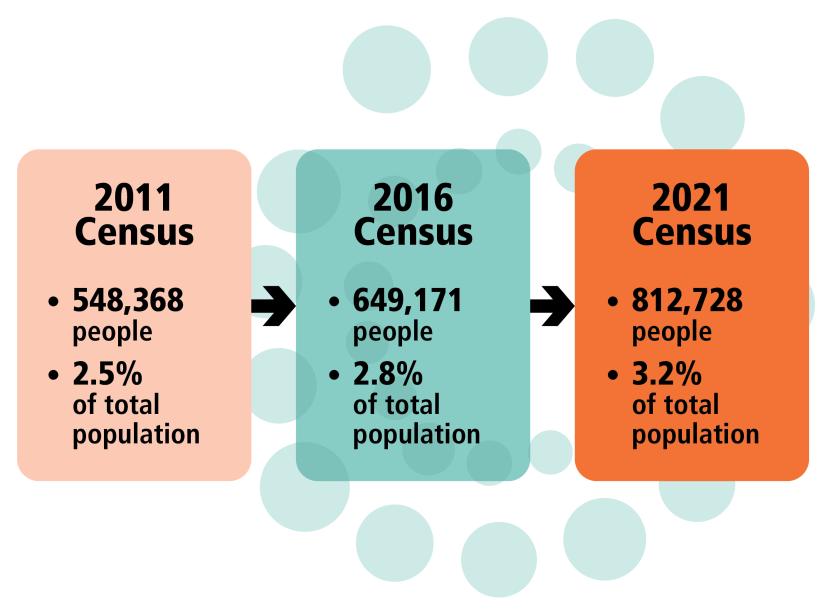Graph 24. Population distribution by Age and Sex by Remoteness, Aboriginal and Torres Strait Islander persons, 2021
[["","0-4","5-9","10-14","15-19","20-24","25-29","30-34","35-39","40-44","45-49","50-54","55-59","60-64","65-69","70-74","75+"],[[null],[11.199999999999999],[11.6],[11.699999999999999],[10.1],[8.9000000000000004],[7.9000000000000004],[6.5],[5.5],[4.7000000000000002],[4.7999999999999998],[4.5],[3.8999999999999999],[3.2999999999999998],[2.3999999999999999],[1.6000000000000001],[1.5]],[[null],[9.8000000000000007],[10.800000000000001],[10.6],[9.8000000000000007],[8.4000000000000004],[7.7999999999999998],[7.4000000000000004],[6.4000000000000004],[5.7999999999999998],[5.4000000000000004],[5.2999999999999998],[4.2000000000000002],[3.3999999999999999],[2.2999999999999998],[1.3999999999999999],[1.3]],[[null],[10.4],[10.699999999999999],[11.1],[9.5999999999999996],[8.5999999999999996],[7.7000000000000002],[6.5999999999999996],[5.7000000000000002],[5],[5.2000000000000002],[5.0999999999999996],[4.2999999999999998],[3.6000000000000001],[2.6000000000000001],[1.8],[2]],[[null],[9],[9.6999999999999993],[9.6999999999999993],[8.9000000000000004],[8.3000000000000007],[8.0999999999999996],[7.7000000000000002],[6.9000000000000004],[5.9000000000000004],[5.7000000000000002],[5.7999999999999998],[4.5],[3.7999999999999998],[2.5],[1.7],[1.8]]]
[]
[{"axis_id":"0","tick_interval":"","axis_min":"","axis_max":"","axis_title":"","precision":-1,"axis_units":"","tooltip_units":"","table_units":"","data_unit_prefix":"","data_unit_suffix":"","reverse_axis":false}][{"value":"0","axis_id":"0","axis_title":"Males (%)","axis_units":"","tooltip_units":"(%)","table_units":"(%)","axis_min":"0","axis_max":"12","tick_interval":"2","precision":"-1","data_unit_prefix":"","data_unit_suffix":"","reverse_axis":false},{"value":"1","axis_id":"1","axis_title":"Females (%)","axis_units":"","tooltip_units":"(%)","table_units":"(%)","axis_min":"0","axis_max":"12","tick_interval":"2","precision":"-1","data_unit_prefix":"","data_unit_suffix":"","reverse_axis":false}]